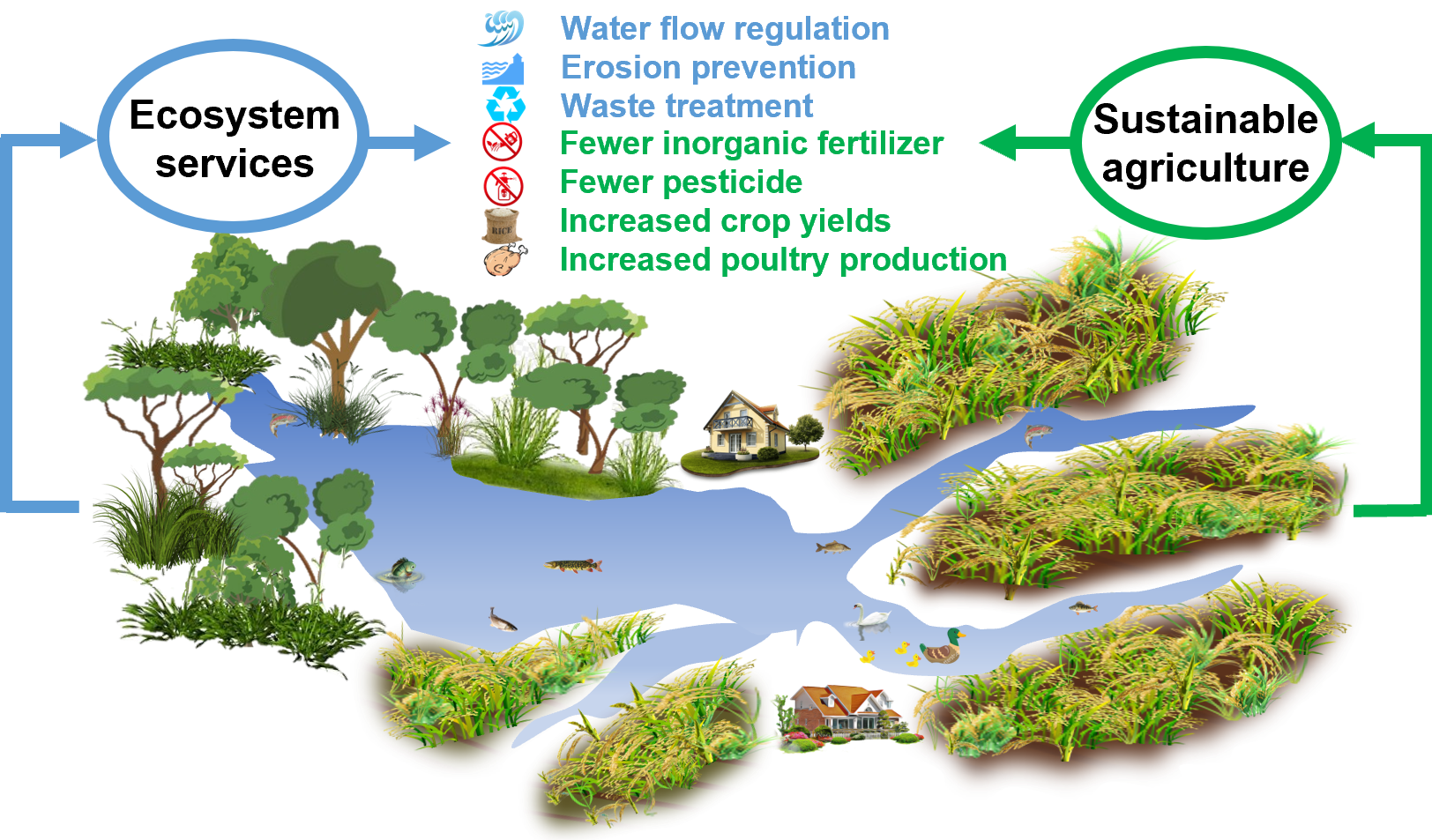
Overview: The irregular precipitation patterns in recent decades necessitate adaptation in the agricultural system in New York State, a region where agriculture plays a significant role in its economy. The New York State Department of Environmental Conservation estimates that river levels in the Mid-Hudson Region will rise by up to 27 inches by 2050 and up to 71 inches by 2100; mediumlevel projections suggest levels of 14 and 32 inches respectively. As storm-driven disasters and chronic tidal flooding become more common, agricultural communities situated in floodprone areas are increasingly faced with the question of how to prepare for or respond to these challenges. Thus far, research has largely highlighted the impacts of flooding due to climate change on coastal areas. However, the escalating threat to rural communities and agricultural production in Upstate NY received limited attention. Although farmers articulated concerns regarding climate impacts and increasing flood risks in Upstate NY, they also made clear that other business pressures, such as profitability, market conditions, labor availability, or government regulations were often more critical issues that affected their farming decision-making. Therefore, effectively addressing the escalating risks of flood hazards requires a holistic approach that integrates climate change adaptation with sustainable agricultural intensification and the adoption of innovative production technologies. We propose paddy rice farming on agricultural floodplains as a scalable and innovative strategy to adapt to increasing flood risks, while simultaneously boosting the profitability and sustainability of agricultural production. Our research includes two specific research objectives. Firstly, we seek to identify land areas within NYS that are suitable for paddy rice farming, focusing on how this farming approach can generate co-benefits for ecosystem services. This objective includes a comprehensive suitability mapping of rice farming in the region, as we explore the potential for paddy rice farming in the context of local ecosystem services. Secondly, our research aims to understand if improved awareness of future climate uncertainties influences farmers’ willingness to adopt rice farming practices. This objective involves investigating farmers’ willingness to change crop species and modify agricultural production activities in the context of climate change, thereby identifying key factors that facilitate or hinder this transition.